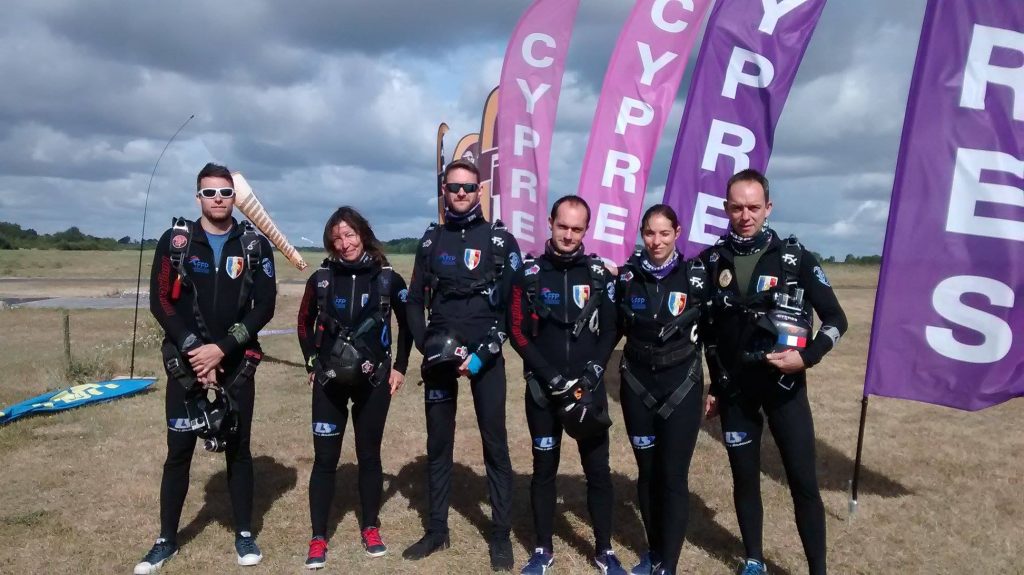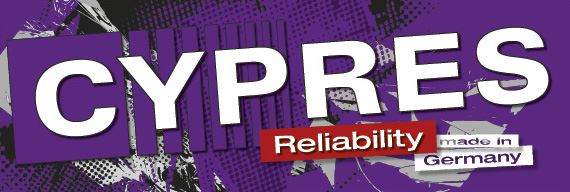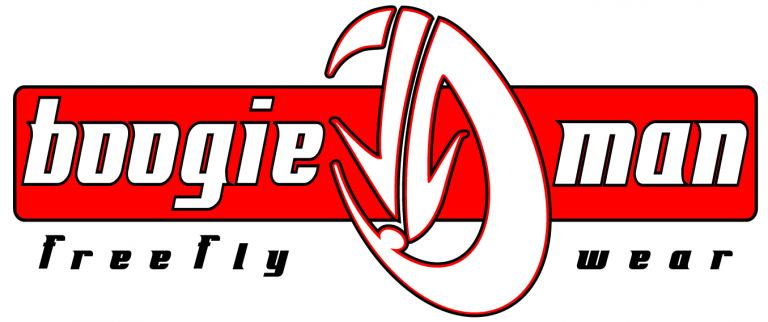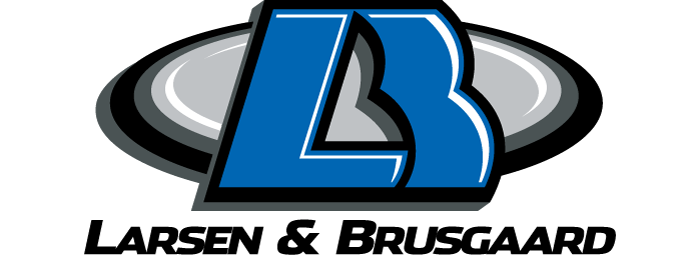Third and last article of this feedbacks series
3 trainings took place since the last news and a last one is underway right now in Toogoolawah, Australia.
The last 3 trainings, Le Blanc (12 days including 4 at 01 jump), Saumur (7 days including 2 at 1~2 jump) and Besancon (9 days including 3 at 0 jump), have still meet major weather problems, a recurring phenomenon this year.
Overall, this brings the 2 teams to about 450 jumps during this season before the last training pre-World Championship, which was the goal quantitatively. Qualitatively, the last 3 trainings have paid off and let the teams make their evaluations as wanted (sometimes on several days because of the weather).

For the 2-way « A » team, the work on the last trainings, on particular on transitions F > D > C and similar, is now well assimilated and techniques put in place allow performers to stay in small volumes and thus not wasting time runnning after the other. The same work were set up on the transition with rotation moves (B > E) so again to stay in small volumes. Less analytics jumps have been made to the benefit of jumps similar to competitions jumps to « get in the bath ».
On the hardware side, the team asked (rather late) Performance Designs for new XA to replace those used since 2016 which had begun « to run out of steam ». It was necessary to receive these canopies on the first days of the last training that took place in France to allow the team to make enough jumps to get use to these new canopies. This left PD only 5 weeks to build and deliver them. In the same time, the team decided to replace the linesets of their 72 in early August in order to have an operational « plan B » in the hand if PD could not produce the canopies in time or if the canopies didn’t suit to the team. So some stress was present at the end of august, with the canopies shipped on the 24th, delivered on the 27th, and assembled and packed to jump on the 28th. After 1 single “acclimation” jump, the team resumed the evaluation they had started, realizing a test of these new canopies in real condition. At the end of the evaluation, these new XA were adopted definitively, flying perfectly as expected and not significantly disturbing the 2 performers.
On the 2-way « B » team side, the work is more global because of the youth of the team which has more different transitions to explore. It’s more about finding the good rhythm that match the level of the team and staying constant.
The team has come to a level where breaks between each movements are no longer required systematically. They are now working to only keep the breaks that are needed which gains time immediately, without speeding anything up. Also, the sequences with 2 points on top followed by a dive are now focussed on, always with the goal of making small breaks only when they are required.
On the gear side, the team is quite serene with their almost new XA78 (~200 jumps) regarding to their wear/potential, so no worry for them on this side.
Equipment, equipment, equipment …
Following the series of feedbacks, here are the 3 last equipments partners which allow the French CF teams to excel in their field.
The first of the list is Airtec, which has been partner with the French CF teams since 1994-5.
Airtec is the manufacturer of the Cypres (for « Cybernetic Parachute Release System ») which is an automatic activation device (AAD) that open the reserve container in case no action is taken by the parachutist.
By sponsoring a Canopy Formation team (the French CF team was of the first Cypres sponsored team), the idea was at this time for Airtec to demonstrate the reliability of their device by equipping the most critical discipline regarding the reserve parachute, in which the slightest failure of the AAD during a canopy formation would have been catastrophic or even fatal.
With the evolution of the equipments, both on the Airtec side with their Cypres2 and on the French team side with their new canopies flying faster and faster and with higher and higher vertical speeds, some adjustments have sometimes been made by equipping some performers with Cypres2 in « Speed » mode for those exceeding 2.2 lbs/ft2 in wing load and/or reaching nearly 30m/s in vertical speed (under canopy…)
After more than 100 000+ jumps in about 20 years of partnership, it is equipped with Cypres2 that the two 2-way teams of canopy formation will jump in total confidence on Gold Coast during the world championships in a few days.
The second in the list is BoogieMan, manufacturer of the jumpsuits that have equipped the French canopy formations since 2005.
Between style and performance, the design of suits adapted to canopy formation is not that simple. A classic Freefly friendly suit may be suitable to start CF, but with the appearance of canopies always smaller and faster, the team has needed suits closer and closer to the body in order to generate the least turbulences possible. Until 2014, the suits used were basic Freefly models. In 2015, completely dedicated models were created by BoogieMan including arms and legs adjusted to the best not to create turbulence that would deflate the canopy cells passing behind the performers in flight. At the end of 2017, after some discutions with Fabien from BoogieMan, the team decided to move on to even tighter suits by using the same models as those used in wind tunnels aka the SKIN, which also brought comfort and increased mobility.
The third in the list is Larsen & Brusgaard, manufacturer of the digital altimeters Viso and audible altimeters Optima.
In 2012, the use of the Viso (then recently Viso 2, then 2+) became widespread in the team, leaving their old « needle » altimeters for the benefit of more screen compact, readable, accurate and waterproof, the 2 last parameters being particularly useful during the landings in the wet drop zones we train in.
More recently, some members have been using audible altimeters, not to indicate that you have to open your parachute, but to indicate that you have to stop working. In general, each teammates is used to a timing but it happens that, in a jump where the mental load is particularly high, teammates don’t see the time running out. The Optima with one ring set at 1000m can remind the performers that it’s time to stop doing CF and to think about the landing.


